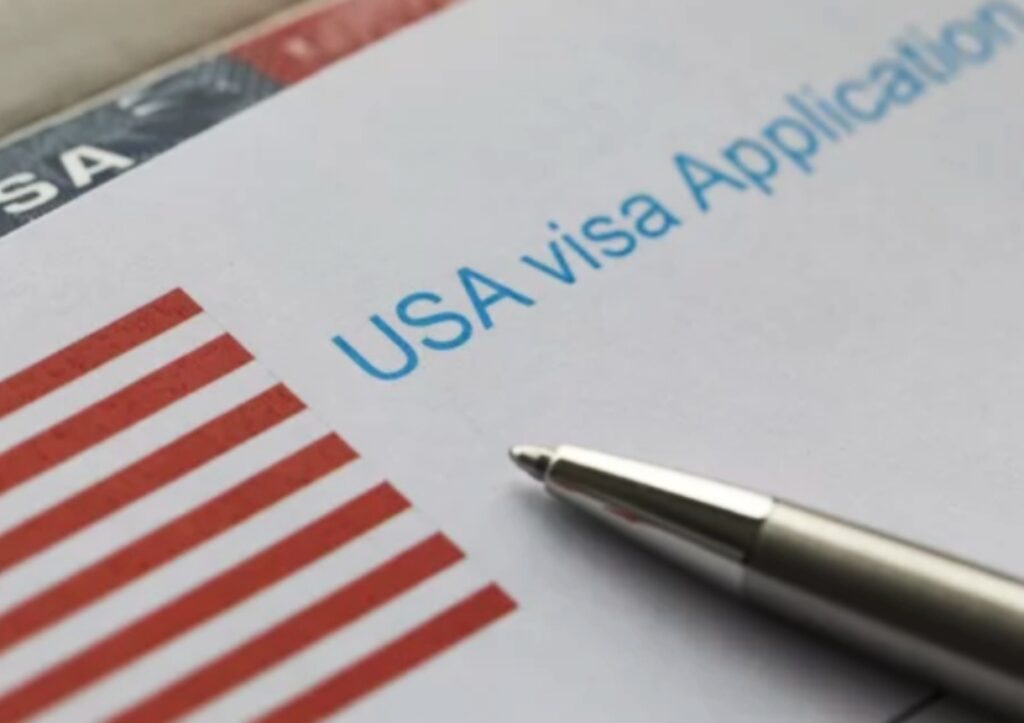Do you know?
Indians can apply for various types of US work visas after they receive an approval notice from USCIS. Indian aspirants can only be eligible for employment in the US if their prospective employers file a petition to US Citizenship and Immigration Services.
So, the employer will submit your US visa application with an approval letter, visa application form, and essential documents.
Indian citizens can apply as nonimmigrants to work in the United States. Therefore, there are multiple US visa categories available for Indian Citizens.
For example, visas for trade, business, education, and seasonal workers are different. So, let’s understand various US visa types that are allotted for Indian citizens.
What Are The Various Types Of Work Visas For Indians?
The US government issues several work visas to Indians, so they can enter the United States and work legally. These visas are temporary with limited validity dates. However, to approve your permits, you must be eligible and satisfy all the document requirements according to the immigration policy of the US. Here we will discuss the work visas and their application requirements so that it becomes easy for you to figure out the process.
Work Visa Categories And Requirements
| Visa Category | Description |
| H-1B Visa | H-1B visa is allocated to employees in a specialty occupation. Therefore, candidates must be skilled and qualified for this visa. Employers primarily opt for H-1B visas for temporary nonimmigrants as it is less complex and expensive.Additionally, the H-1B US visa process is easy to grant for Indian candidates. |
| H-2B Visa | The visa suits both skilled and unskilled workers. Therefore, this visa is commonly issued to seasonal or temporary workers. So, when there’s a shortage of workers in any field in the US, the employees seek foreign candidates and grant H-2B visas.Employer will submit a Department of Labor Certification petition, and the US visa application process will be initiated. |
| H-3 Visas | These visas are permitted to trainees or interns selected for internship or employment training programs. Similar to H-1B and H-2B visas, these visas are granted by employers. Trainees must apply for the DS-160 Form to the USCIS. |
| H-4 Visas | Also known as a dependent visa, the candidate can apply for an H-4 visa and they will be allowed to accompany the other H visa holder to the United States. Applicants can apply for an H-4 visa for traveling as they are not permitted to work. |
| L-1 Visas | This US visa type applies to the managerial, executive, or other top-level employees of Multinational Companies. It is suitable for Intra-company transferees. So, an L-1 visa will allow you to transfer temporarily to the company’s US branch. To be eligible for an L-1 visa, candidates must file a petition to USCIS, get it approved, and then apply for this L-1. |
| L-2 Visas | Similar to the H-4 visa, the candidates accompanying L visa holders to the US are given an L-2 ticket. The L-2 visa holders are dependents. Unlike the H-4 visa, L-2 visa holders can work in the US. |
| O-visa | The US government provides O-visa to candidates possessing extraordinary capabilities and people who excel in their field. These people can come from specific areas such as science, astronomy, engineering, arts, business, athletics, etc. |
| P-Visa | If you are visiting the United States of America for performances such as musical, athletic, entertainment, or support personnel, you will be offered a P-Visa. |
| Q-Visa | Candidates having Q Visa USA participate in cultural exchange programs. So, you will need Q-visa if you want to visit the US to present in your company's cultural, traditional, or historical program. You can even deliver knowledge, training, or employment to others in the cultural exchange program if you have Q-visa. |
The above table has listed all the US work visas for Indians. Now, let’s understand the application process to obtain a work visa.
Basic Information Regarding The US Work Visa Application

To kick off your US visa application process, you must remember these below-mentioned prerequisites:
- Candidates' employers must be willing to obtain a DOL certification form from USCIS and wait for the approval.
- Employers should only begin with a US visa application after getting Form I-797 from the United States Citizenship and Immigration Services.
- It would be best if you were prepared for any outcomes. For example, you must have active financial support if your visa is approved.
Note: All the documents and applications will be authorized according to US Customs and Border Protection.
Well, now you are familiar with US visa application prerequisites. So, let’s look at the application process.
How To Apply For A US Work Visa Process?
The US Embassy regulates the application process for US work visas for Indian Citizens. So, read further to know its details:
- Nonimmigrants must fill out the DS-160 Form available online. Then, take a printout of the confirmation page, which is an essential: requirement during a US visa interview.
- Pay the nonimmigrant visa fee. Once you pay the visa fee, you will be allowed to schedule the consultation.
- Candidates must visit the Visa Application Centre and provide their fingerprints. Here, your photography will be captured by the official members.
- Finally, applicants will visit the US visa interview on the scheduled date and submit all the required documents. The consulate officer will ask the candidates generic questions. The interview process is necessary for applicants between 14 to 79 years of age.
Do not forget to bring these documents for the Interview:
- Indian passport
- D-160 Form
- Visa fee payment receipt
- USCIS gives the receipt number
- Employment letter
- Education certifications and qualifications (bachelor’s degree)
- Marksheet card
- ID card
Conclusion
Whether the Indian citizen will get a temporary green card to the US for employment depends on the Interview. Therefore, go prepared and look confident in this final step. As a result, your visa will be approved, and you can work in your dream company in the US.
All candidates must learn the regulations given by the US government to nonimmigrants. So, visit the ‘travel.state.gov’ website to learn about nonimmigrant rules.

